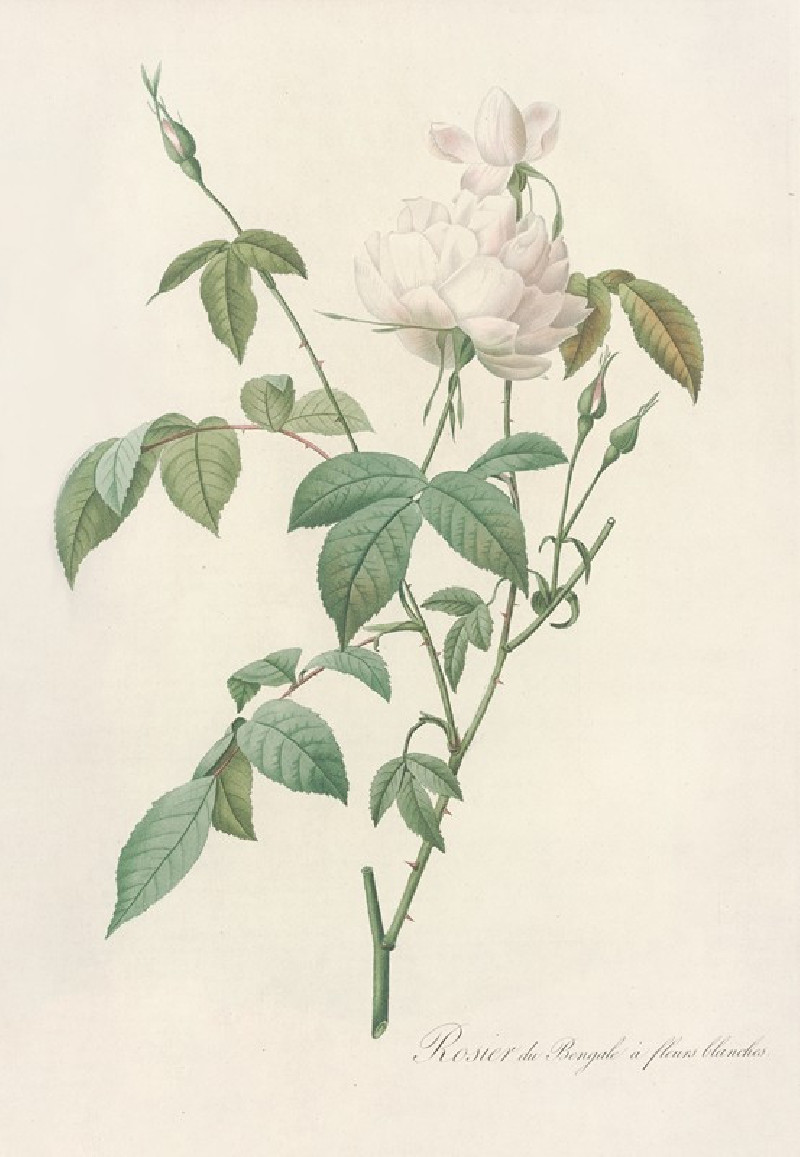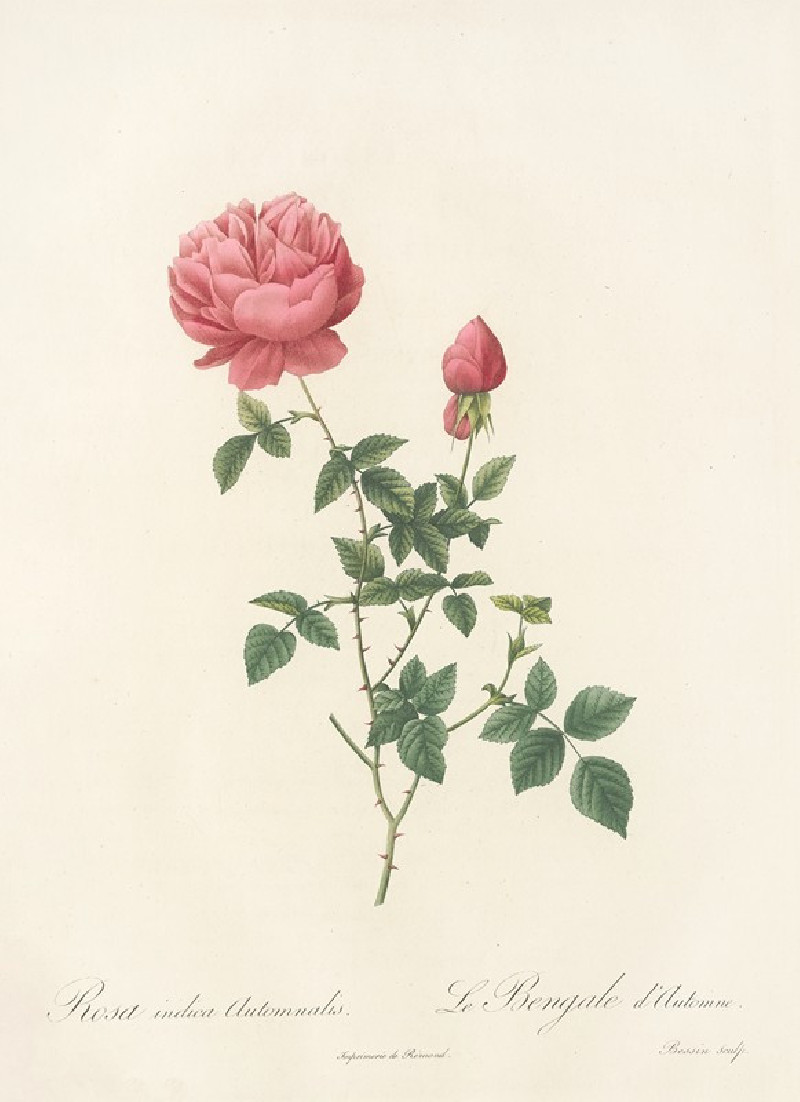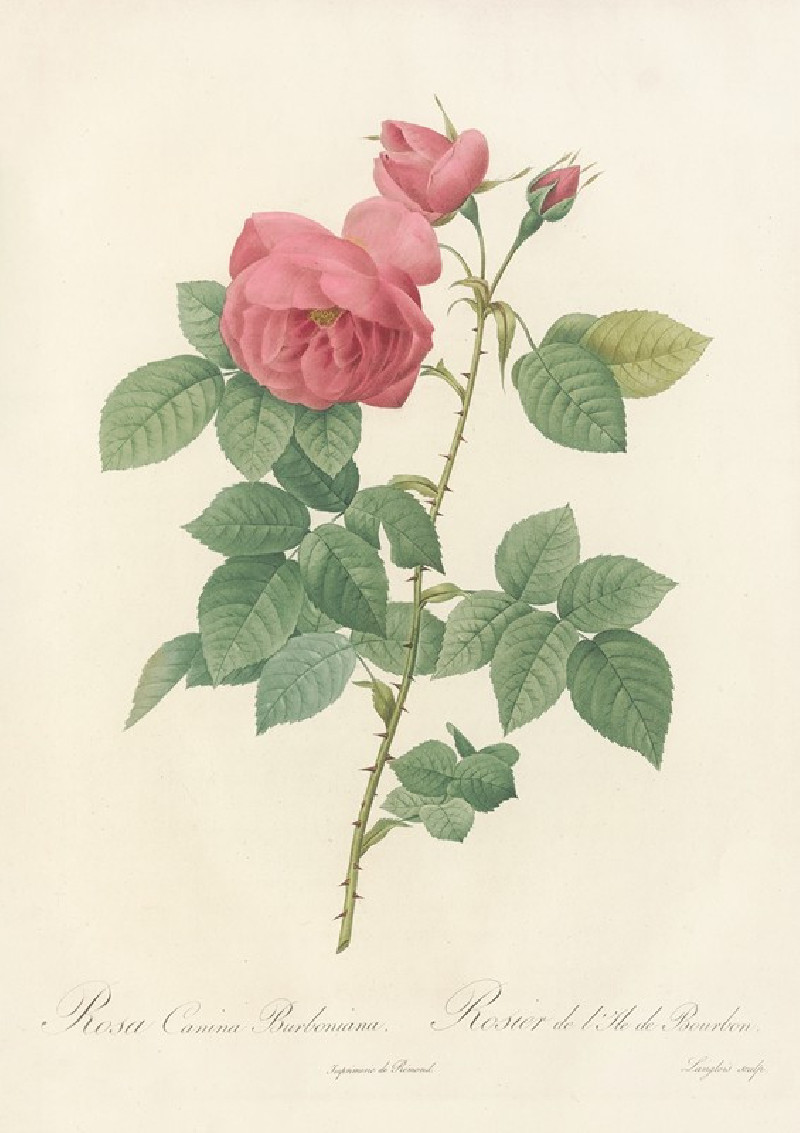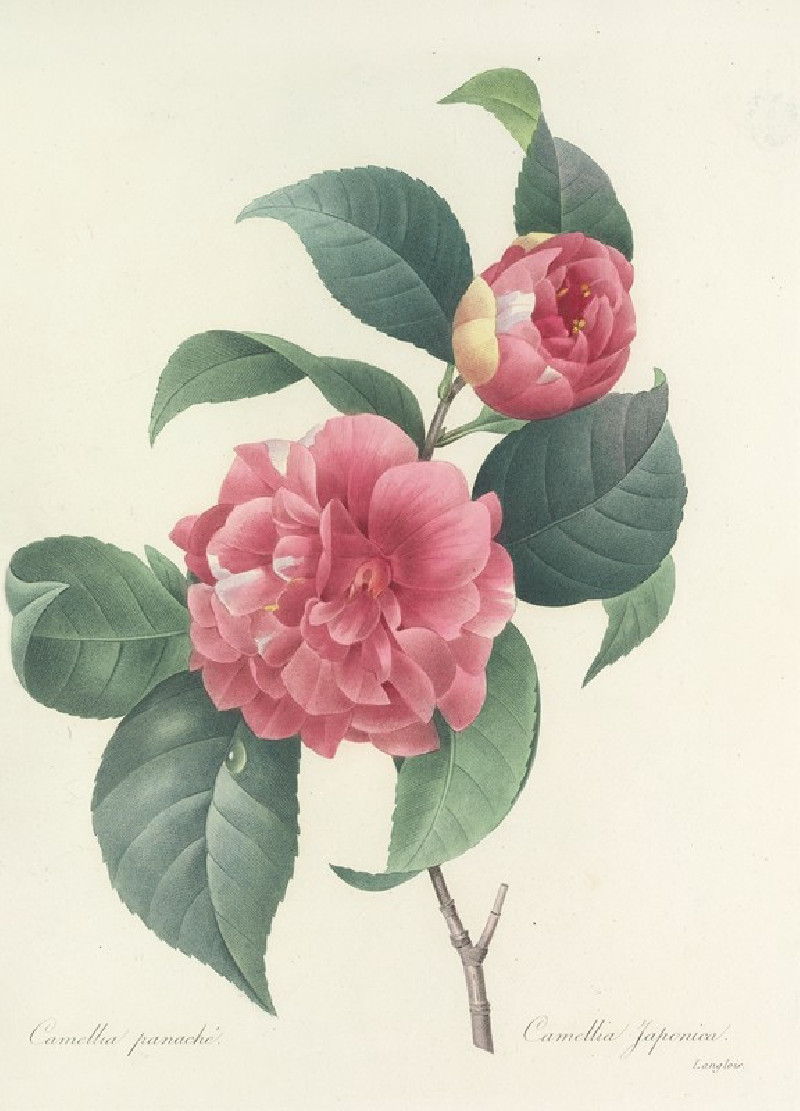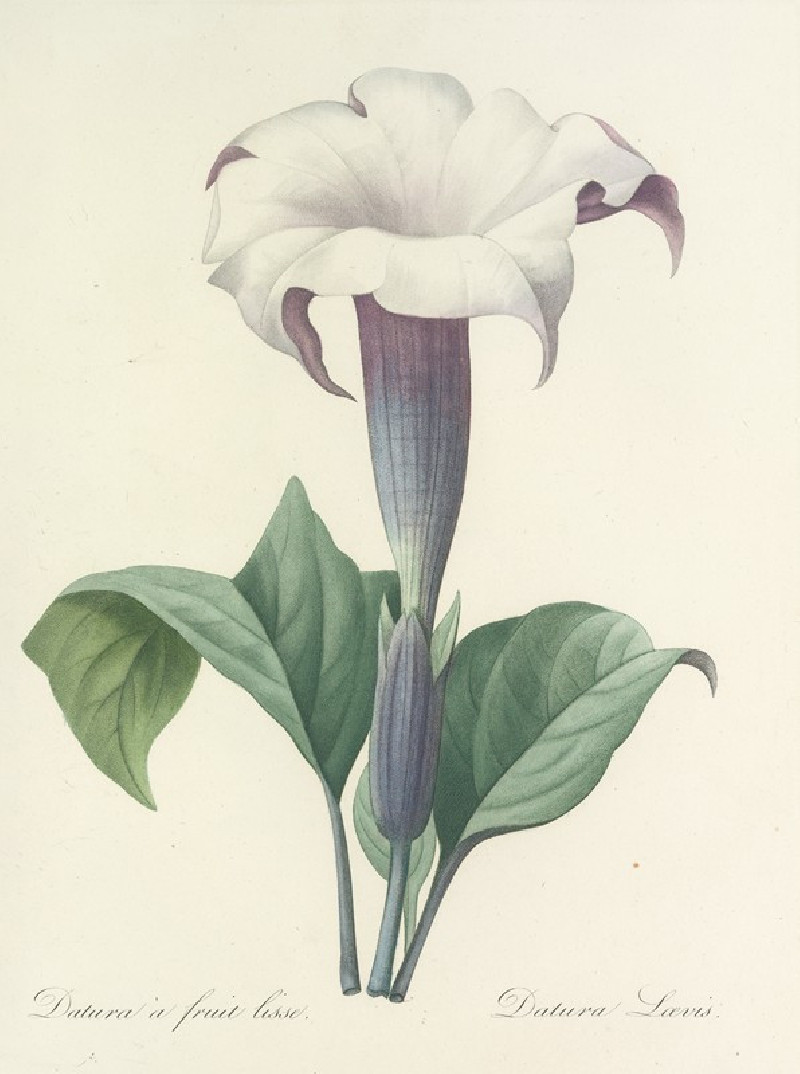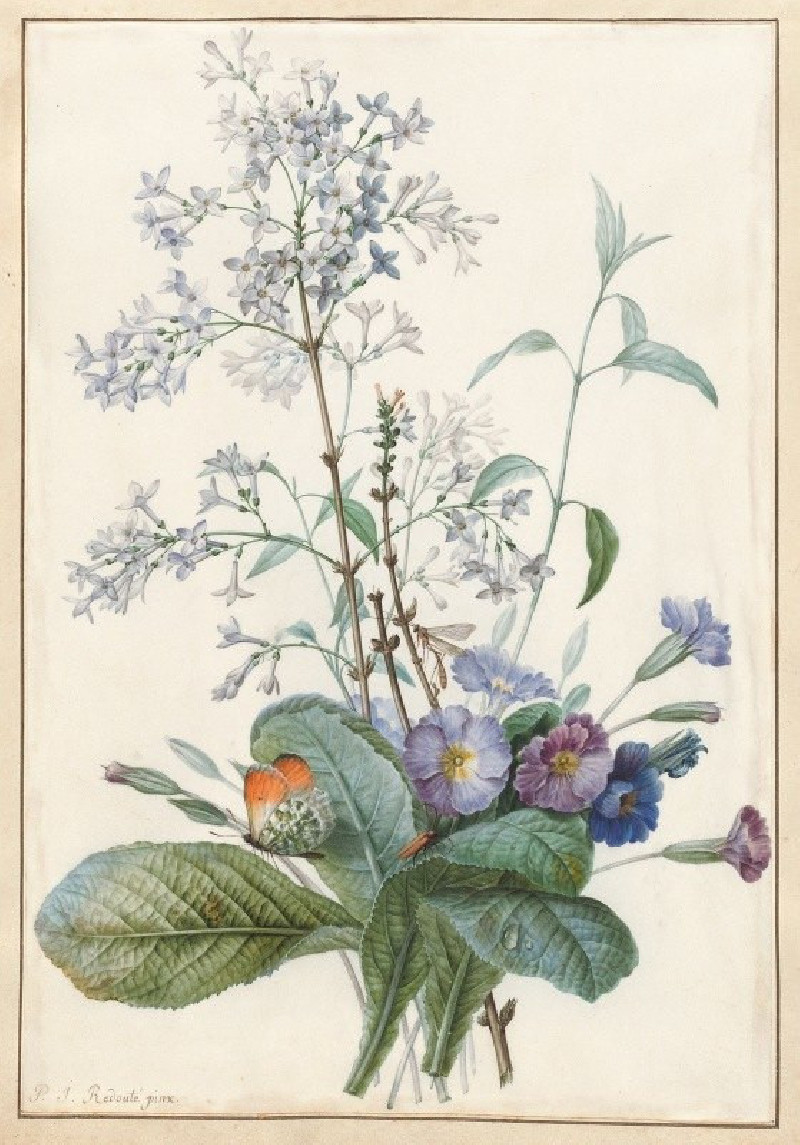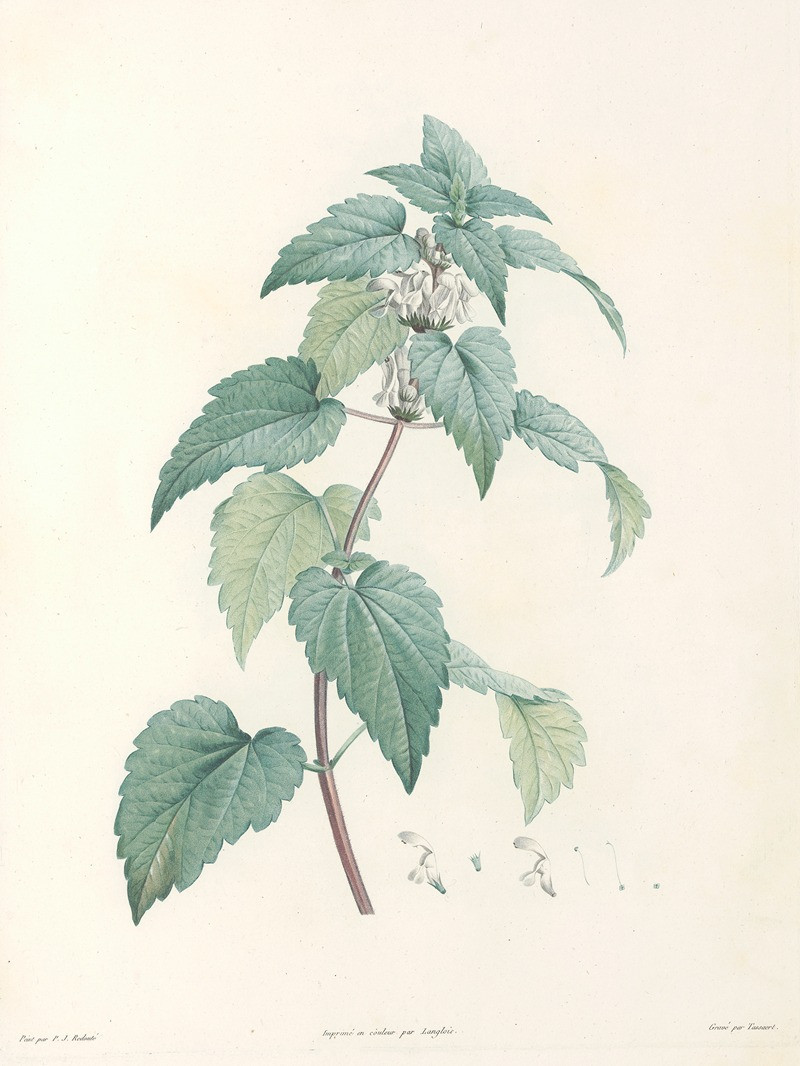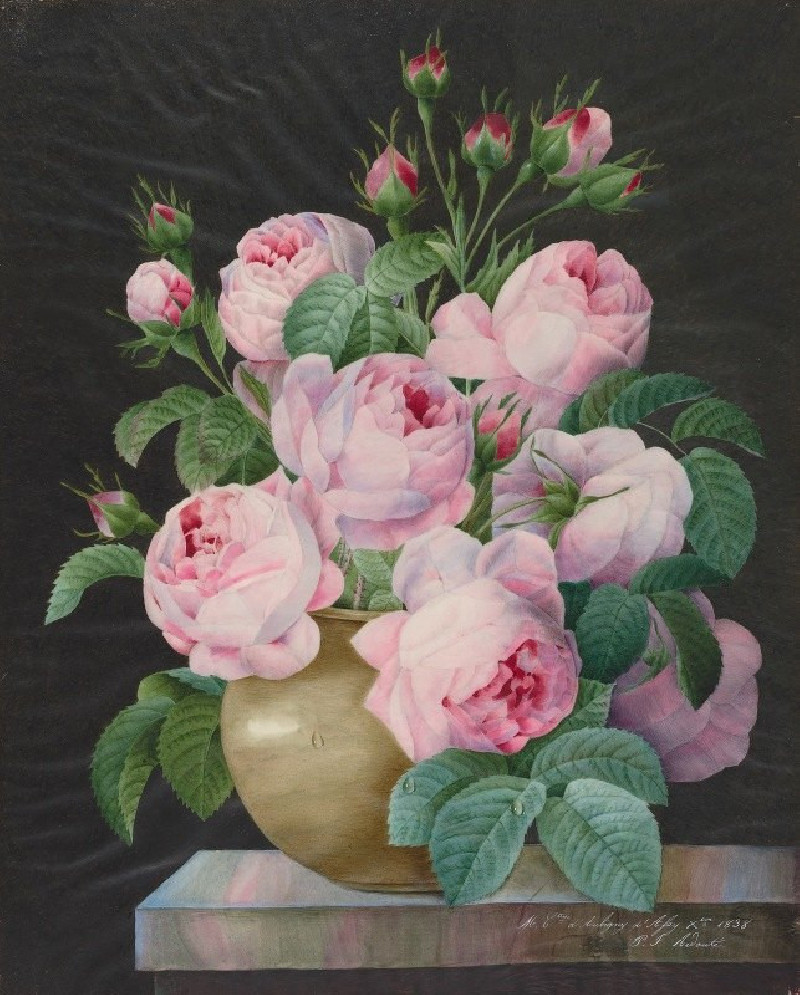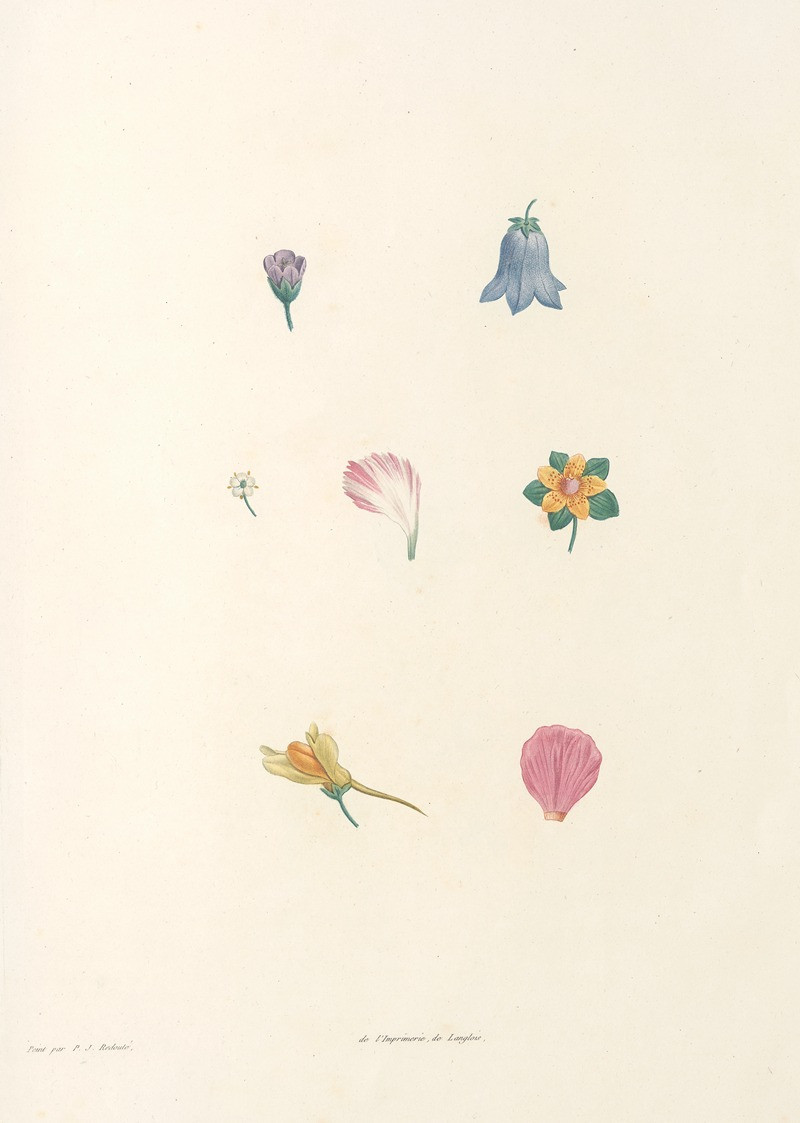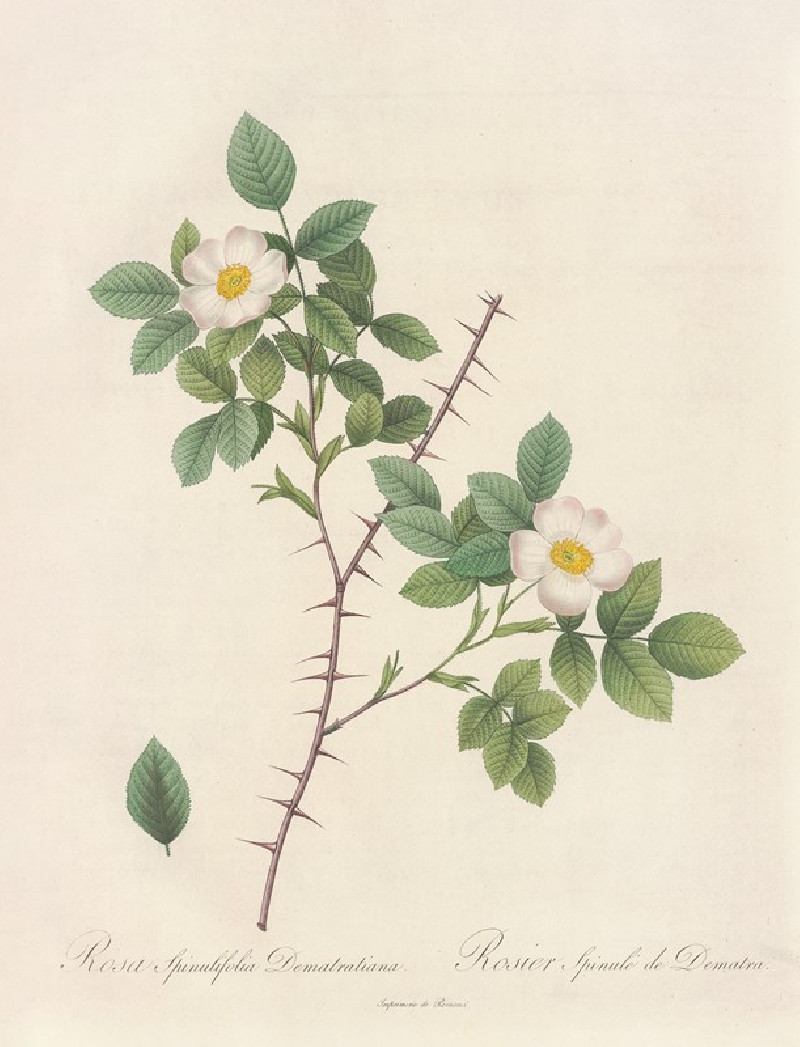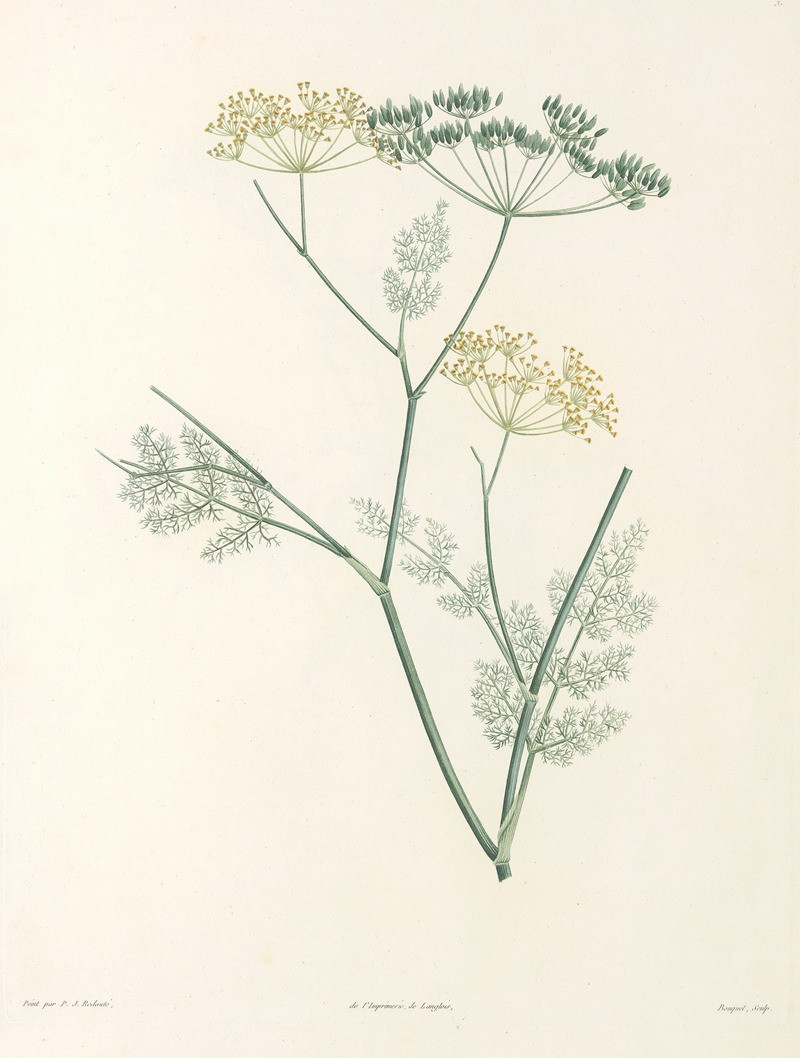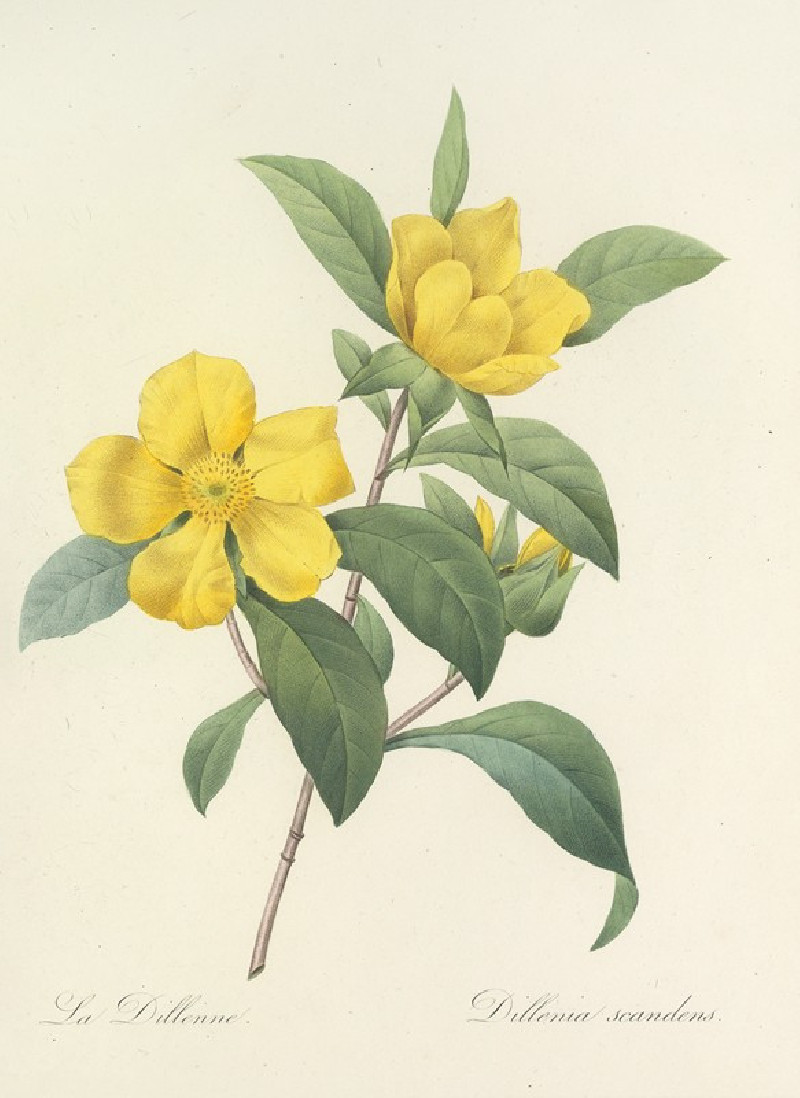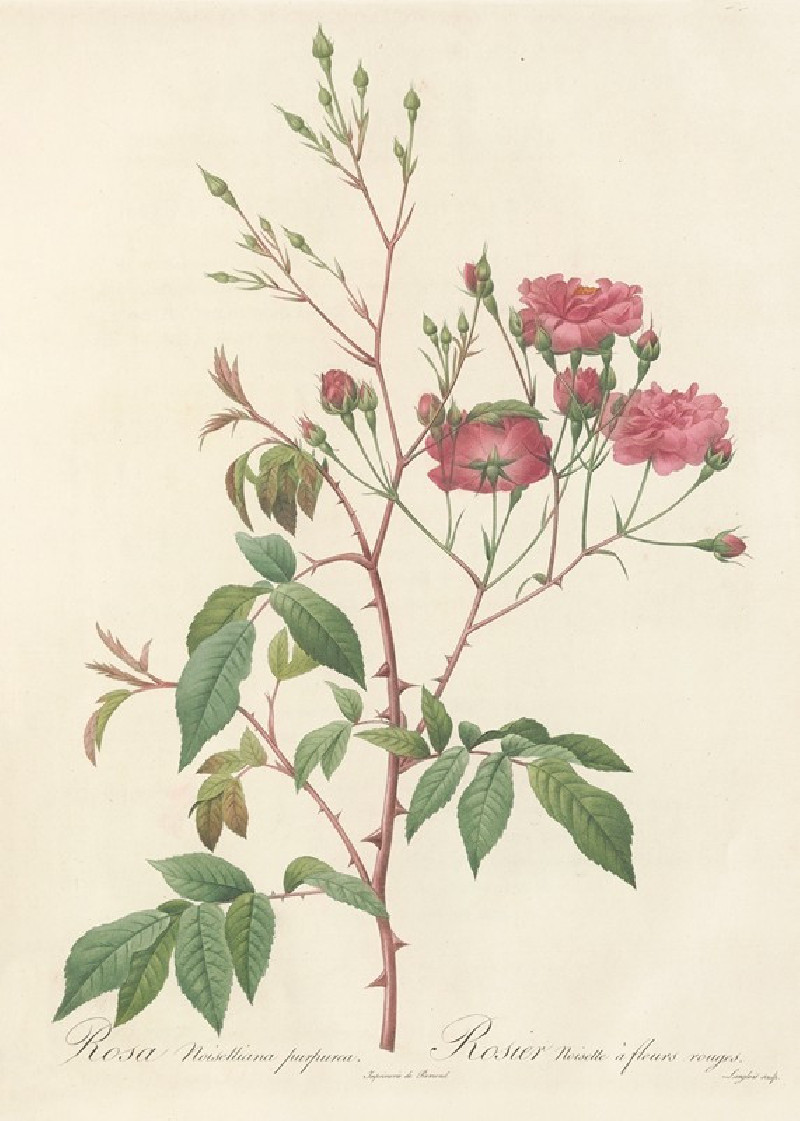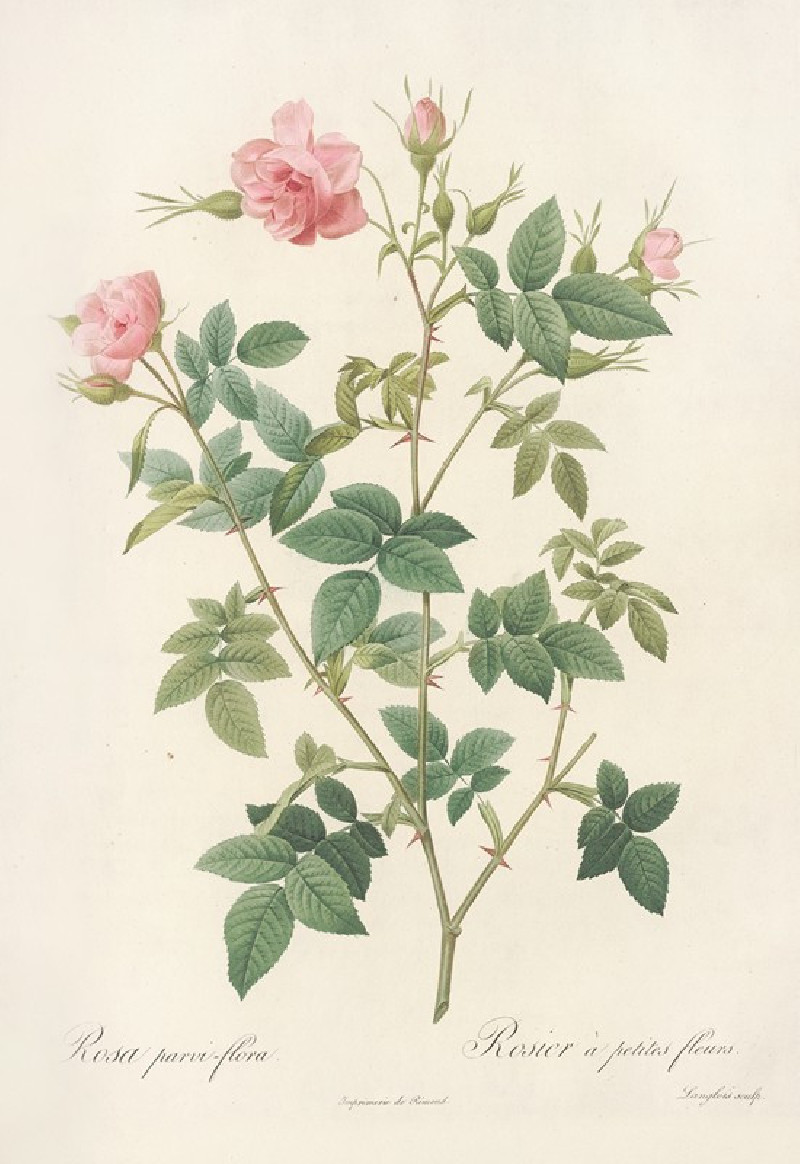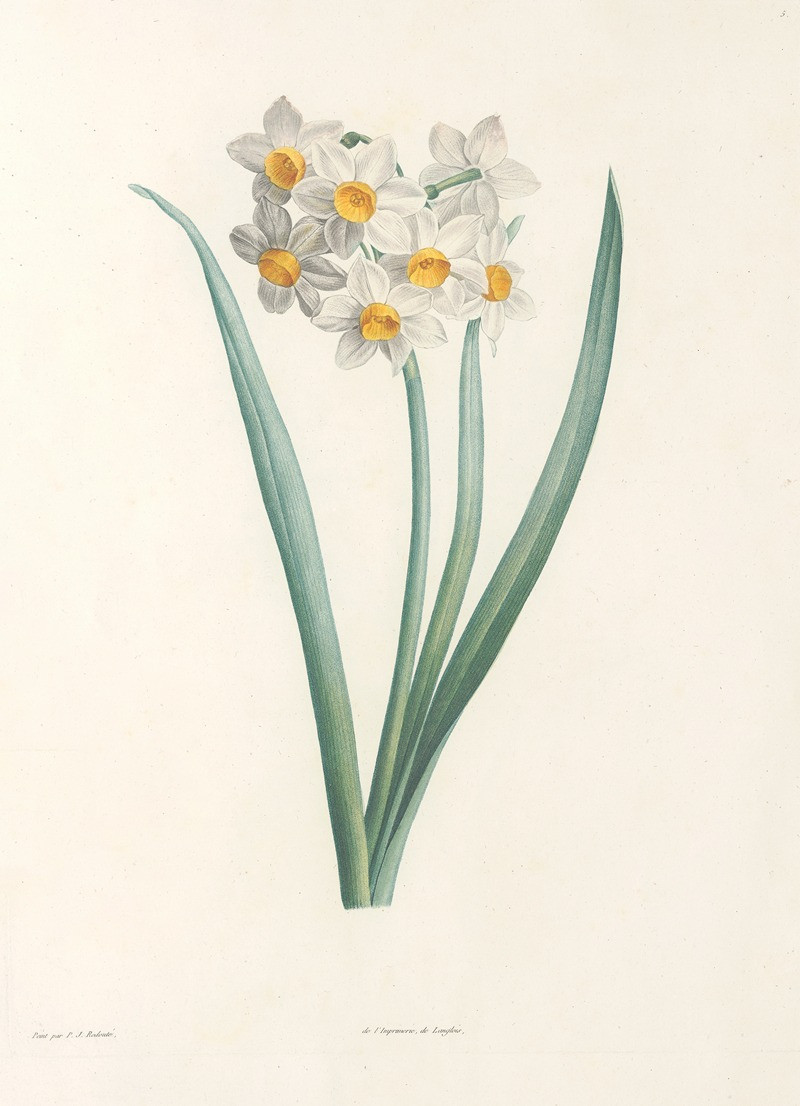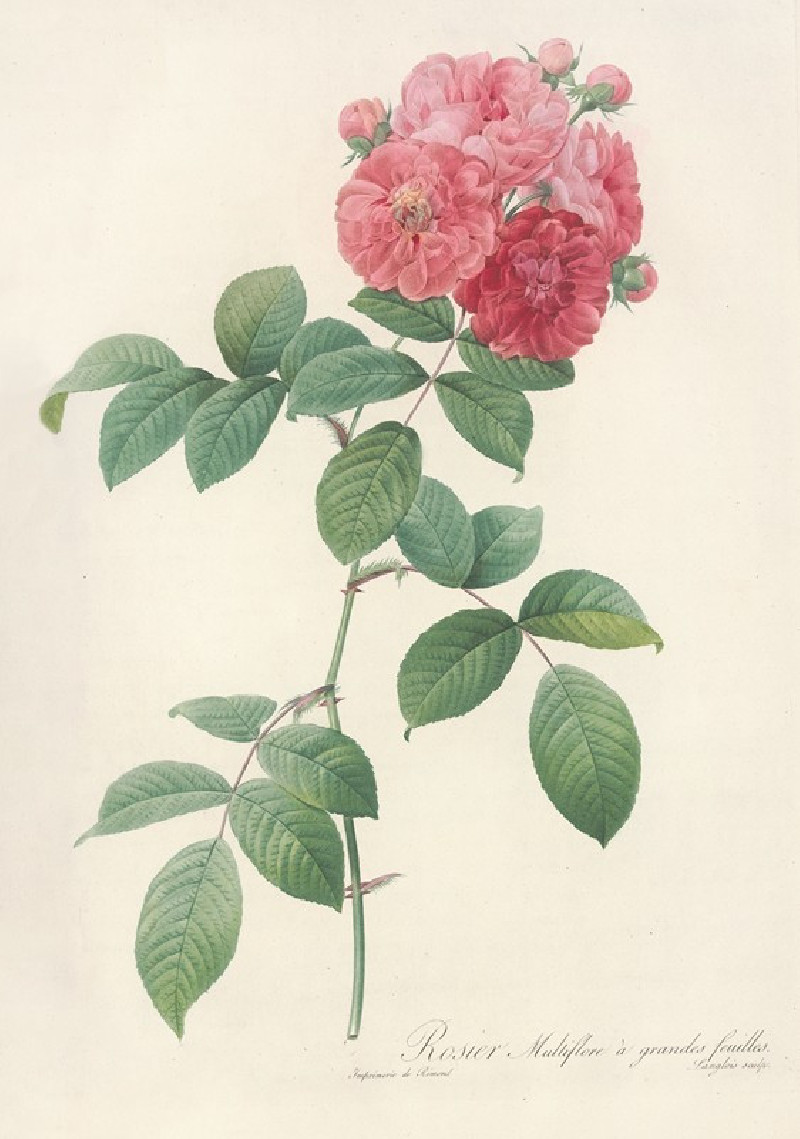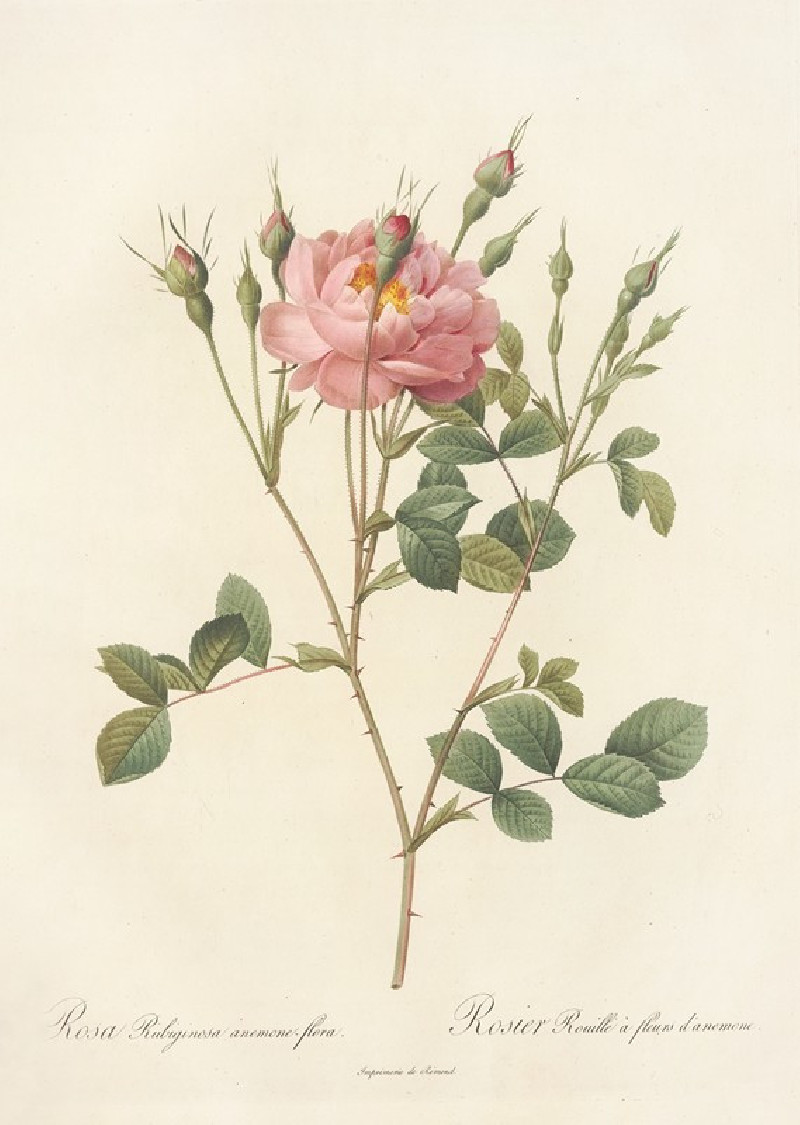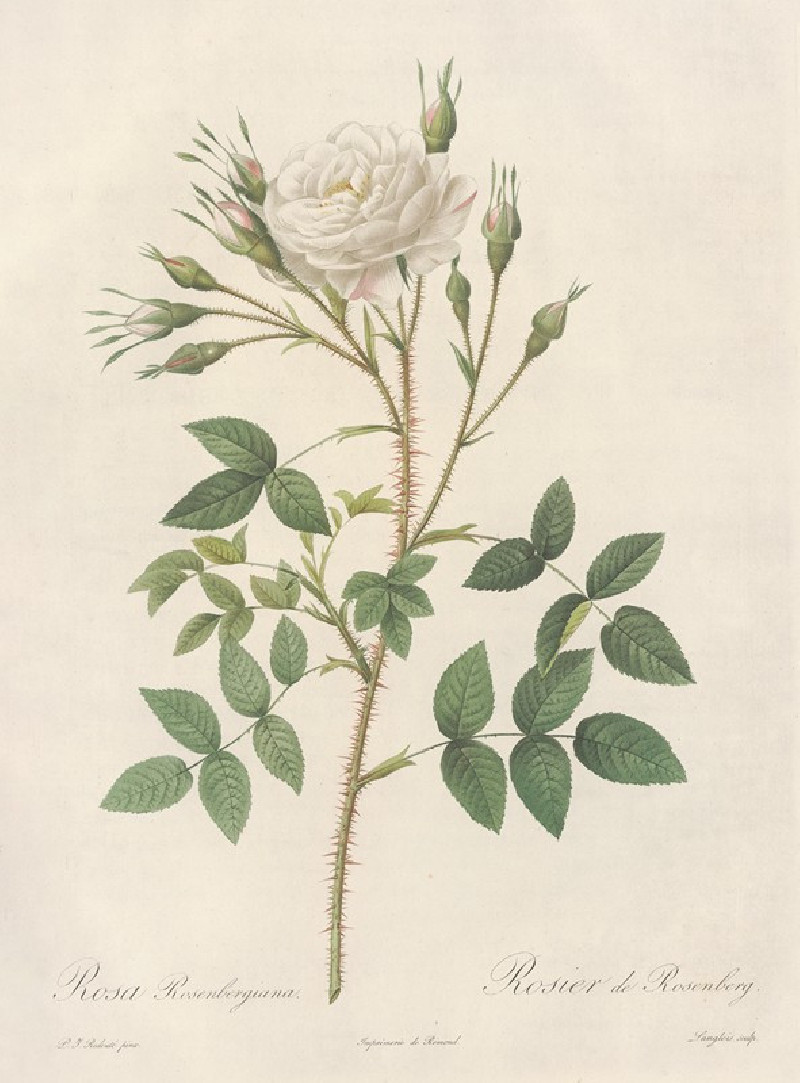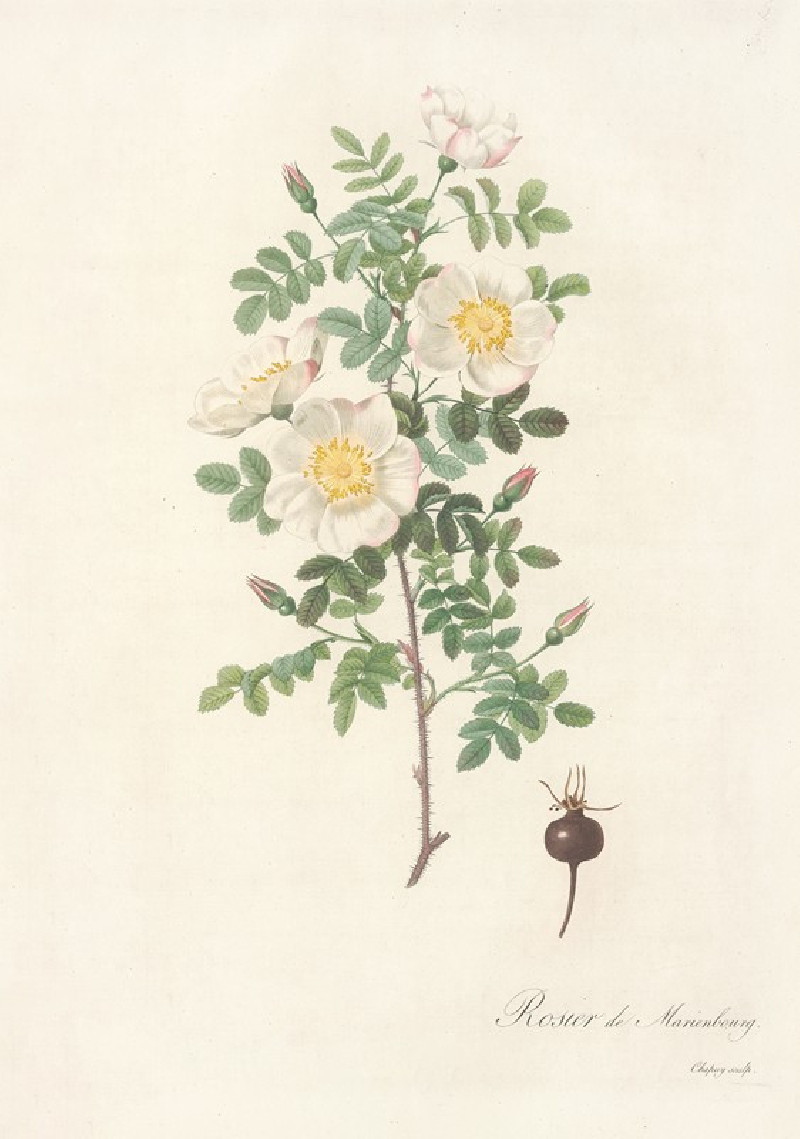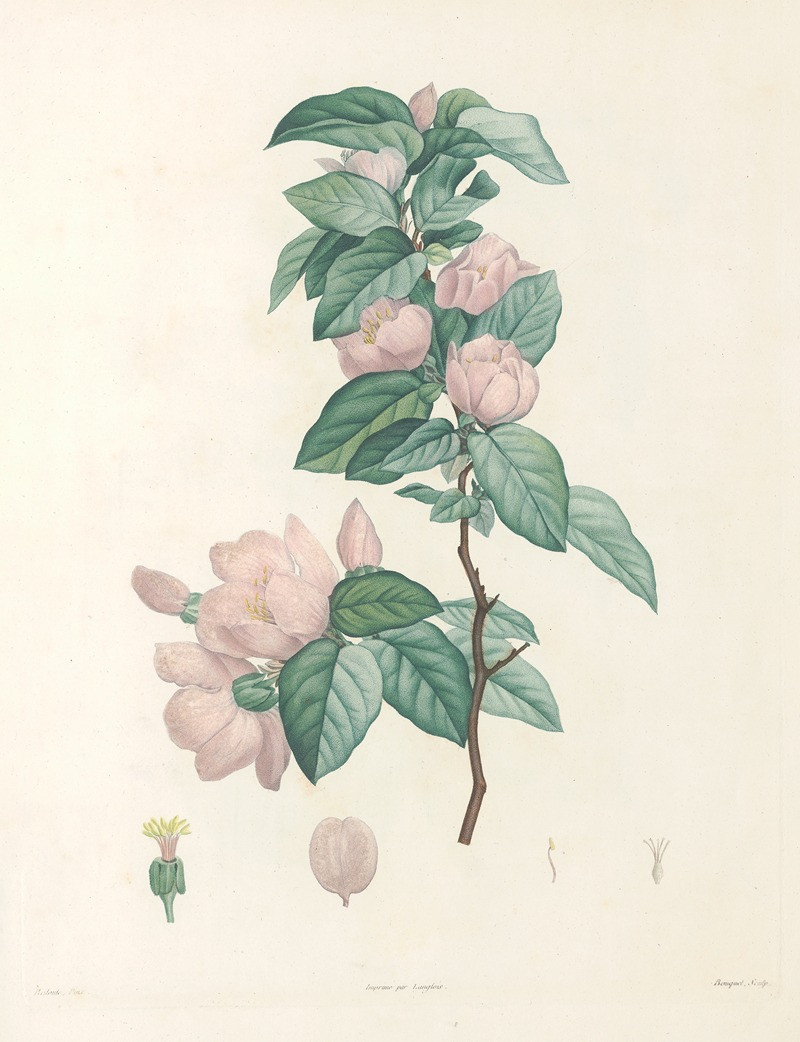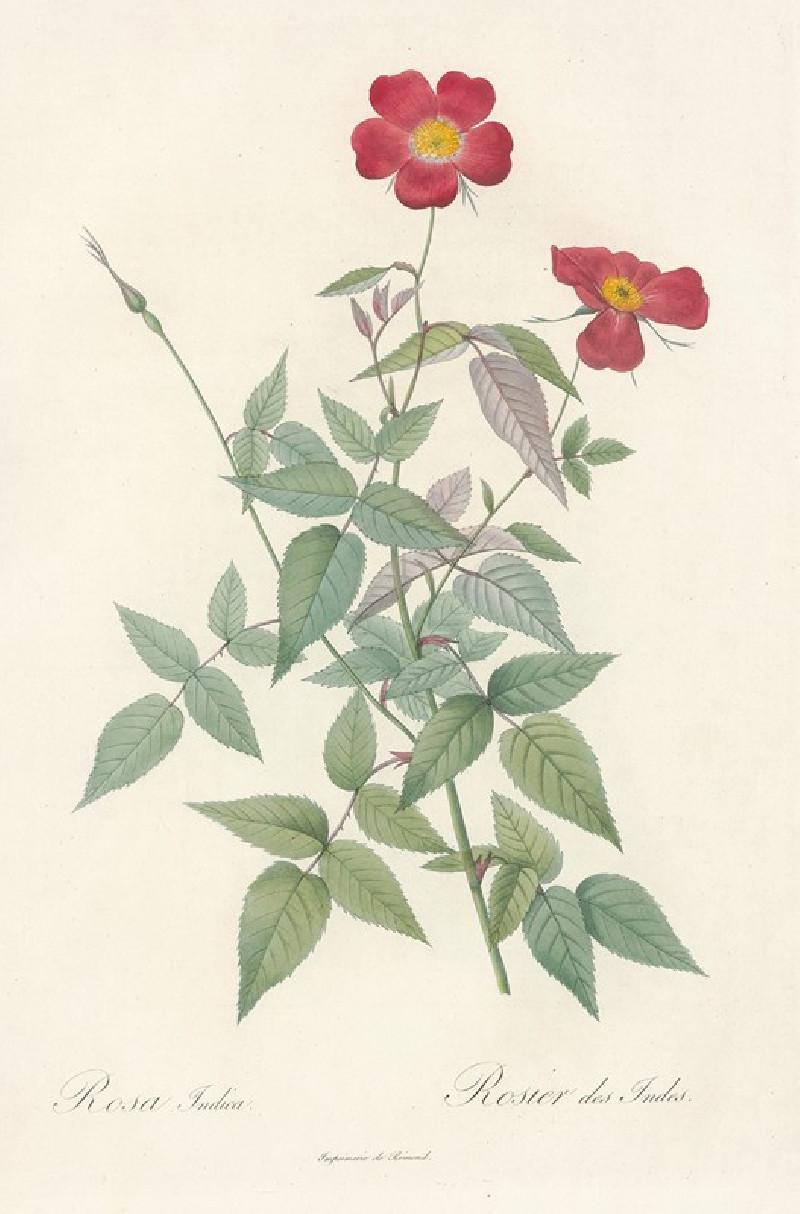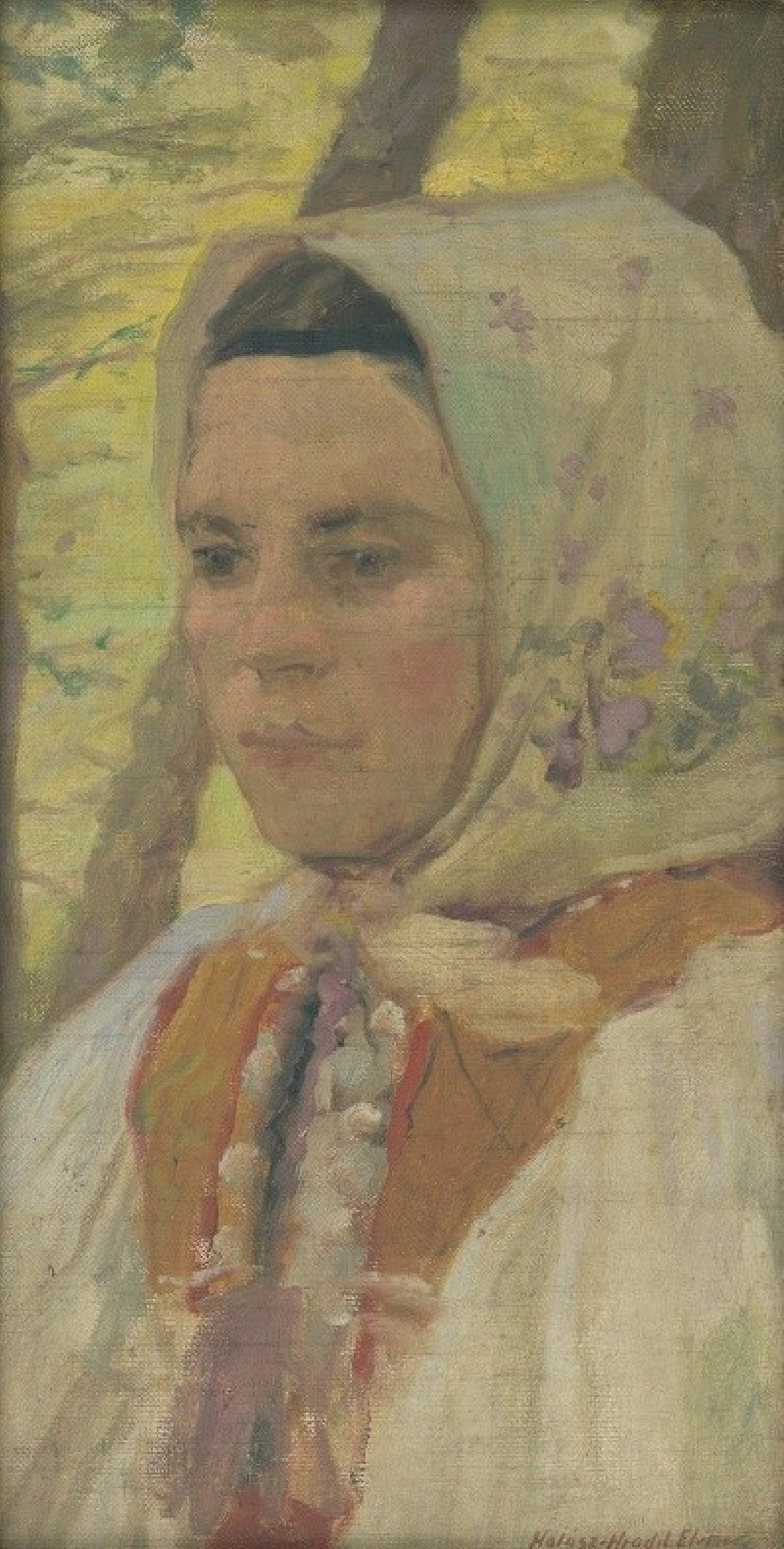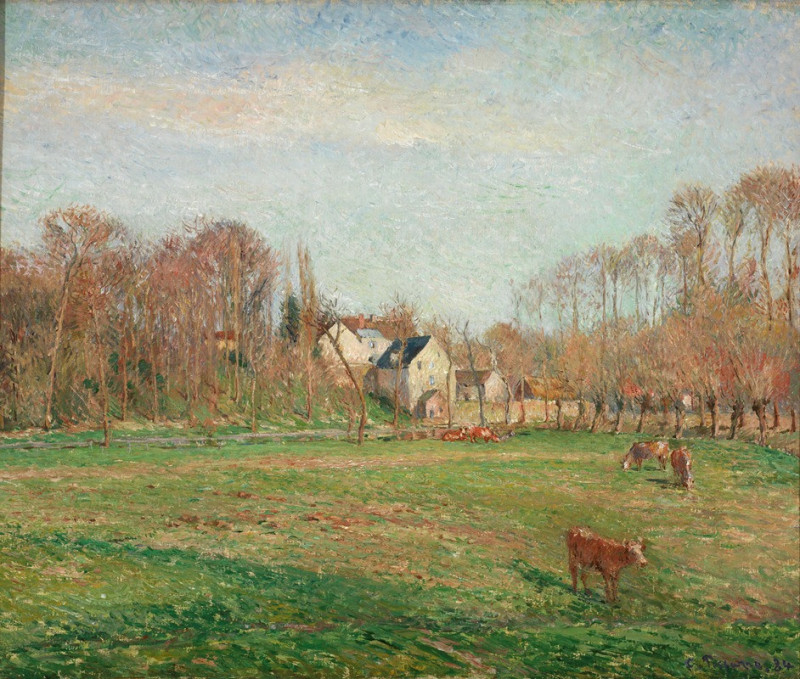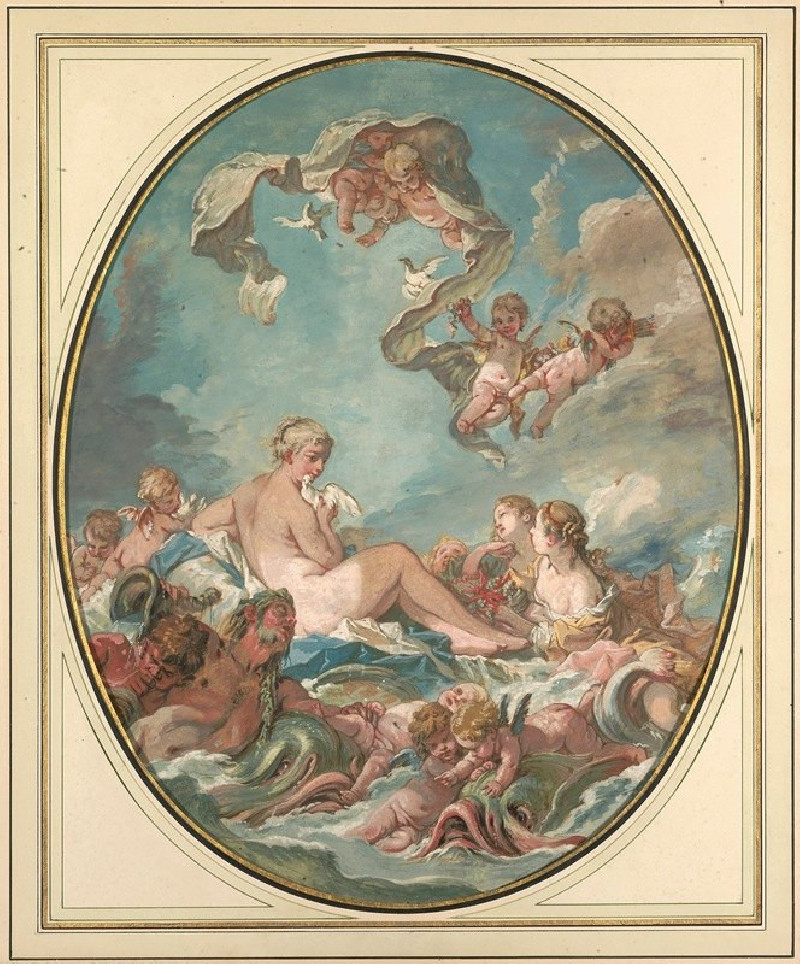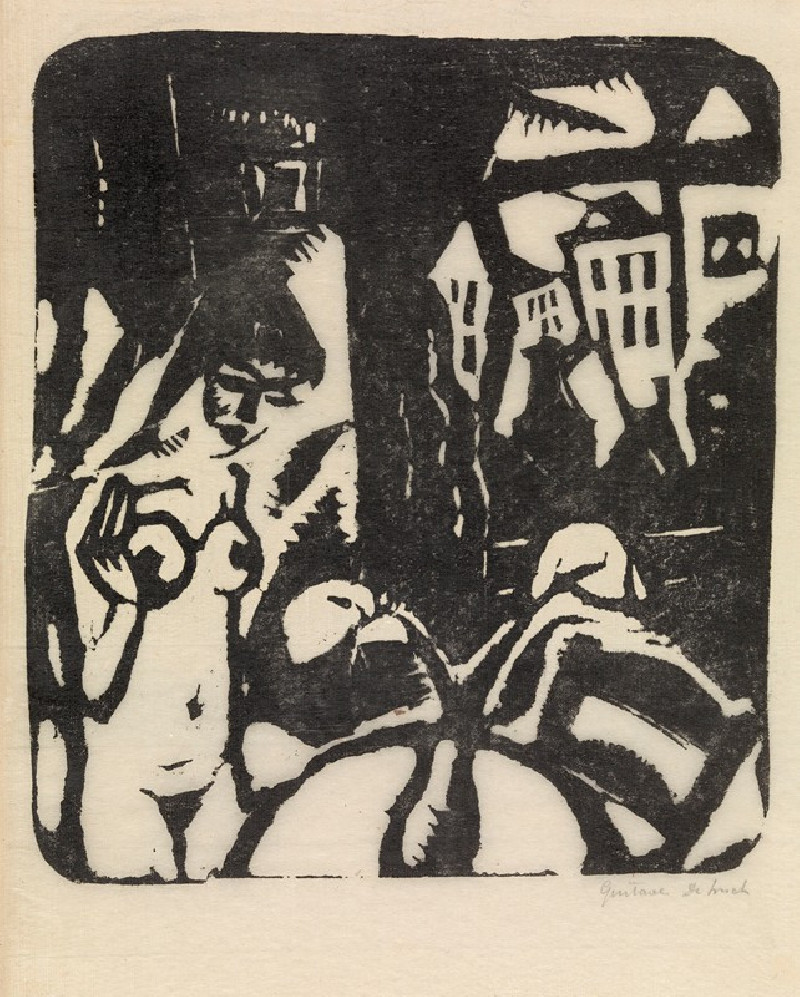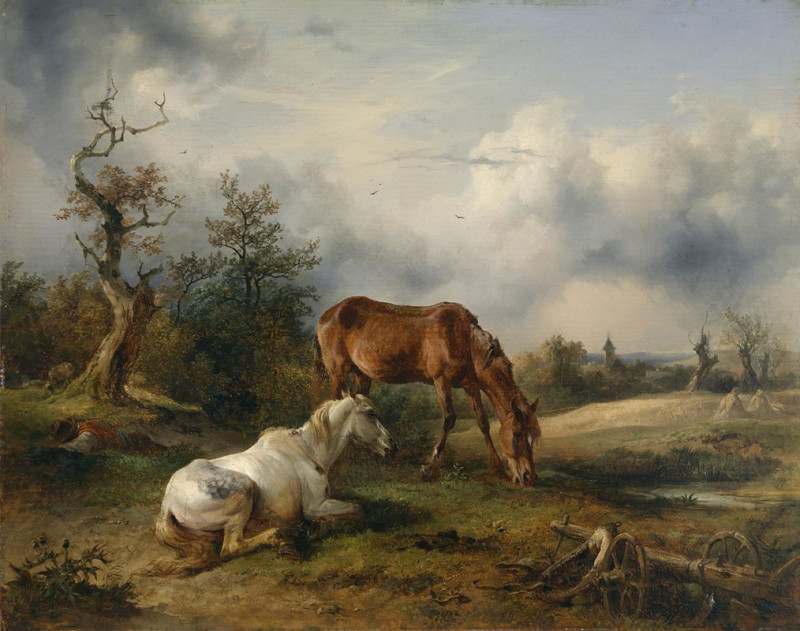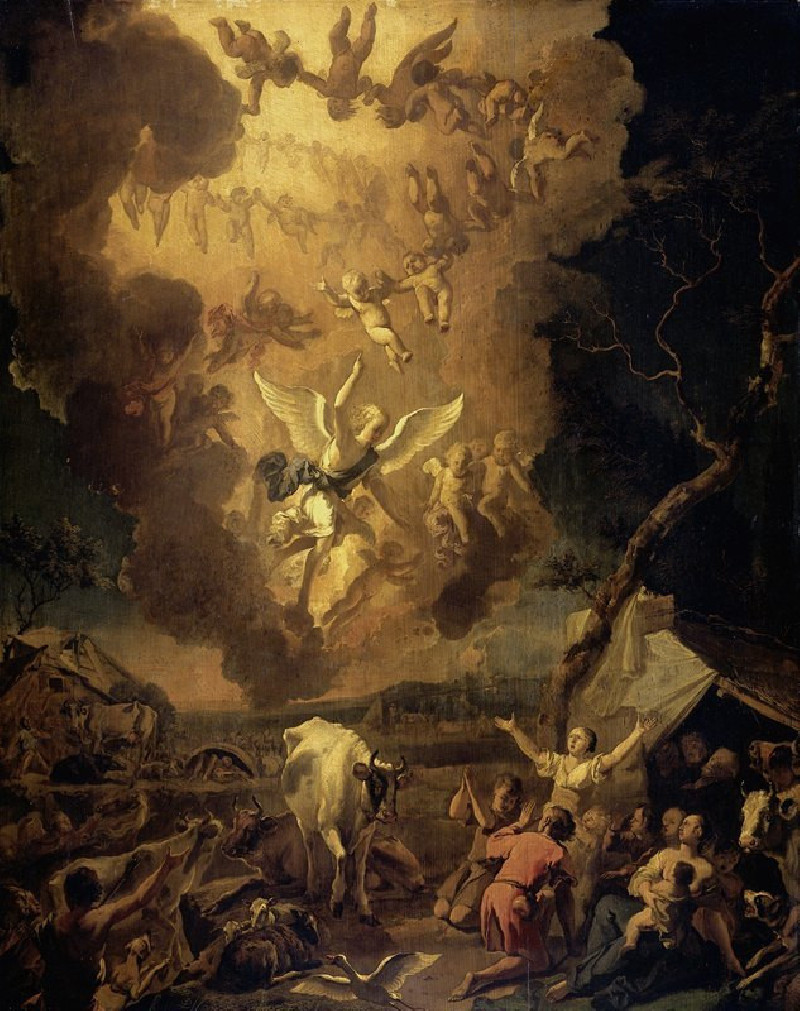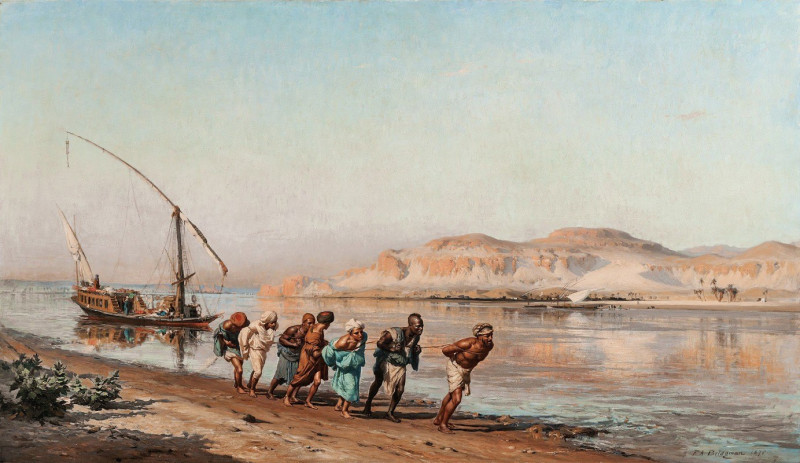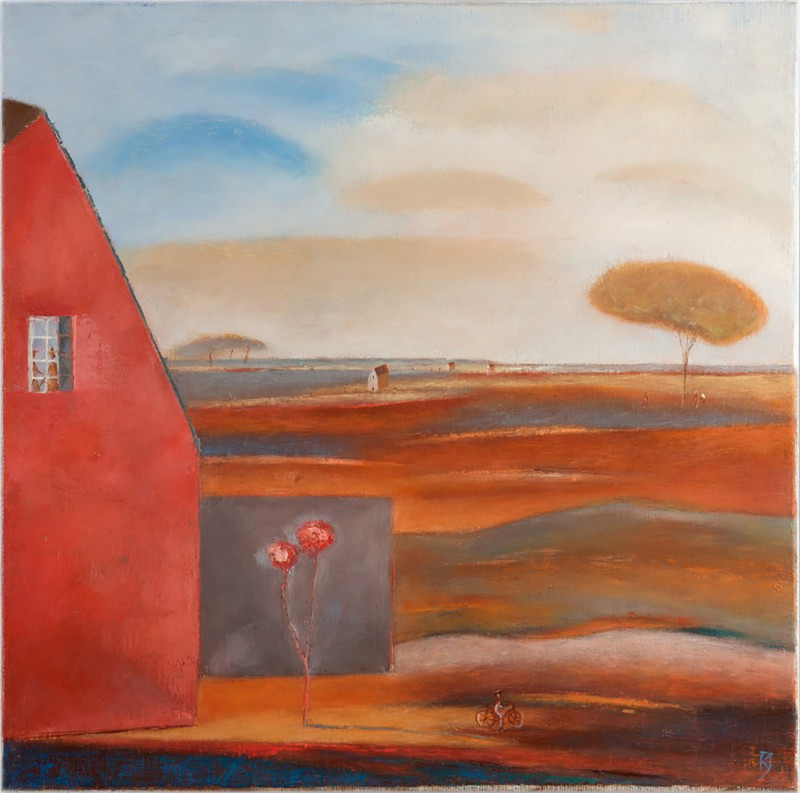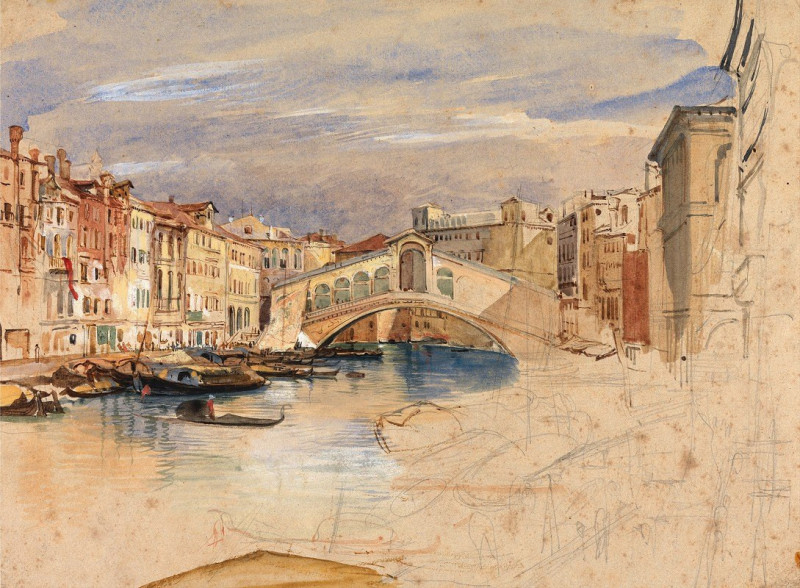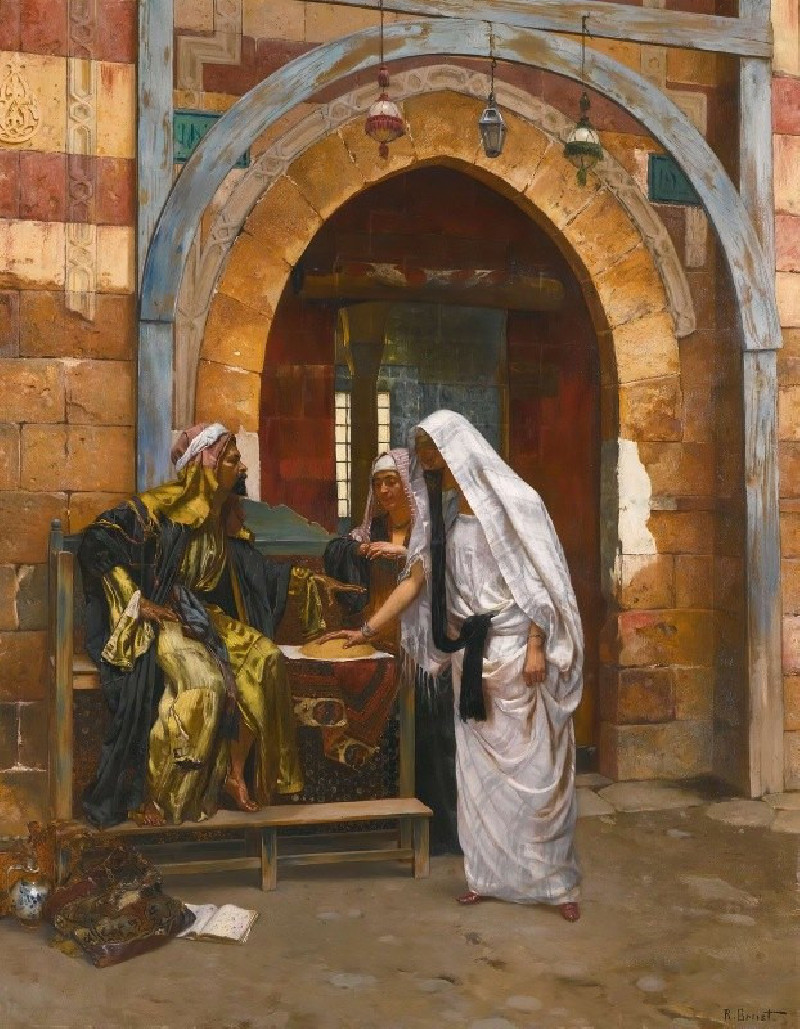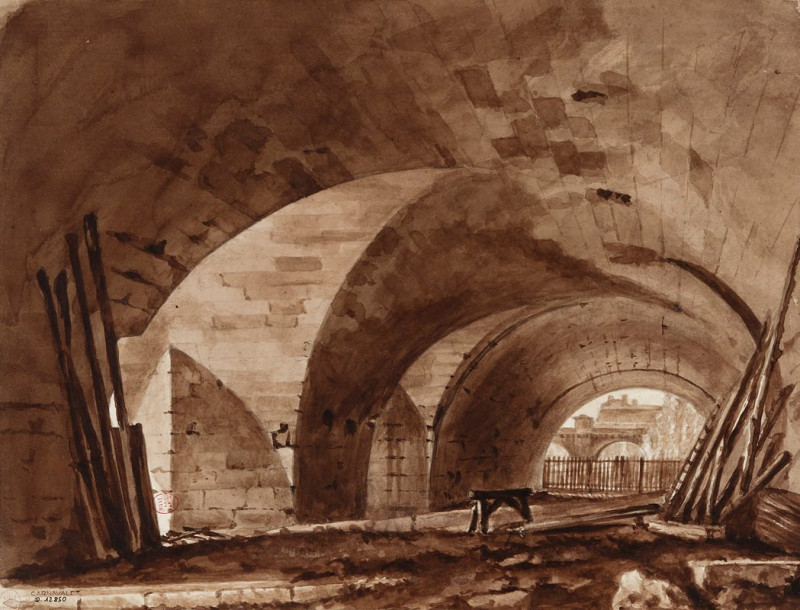Rosa Indica Subalba (1817 - 1824)
Technique: Giclée quality print
Recommended by our customers
More about this artwork
Renowned for his exquisite botanical illustrations, Pierre Joseph Redouté captures the ethereal beauty of the "Rosa Indica Subalba" in his painting from the period 1817 to 1824. This artwork is a testament to Redouté's mastery in depicting the subtle details and vibrant life of floral subjects, making it a beloved piece among both botanists and art enthusiasts.The painting showcases a single stem of the Rosa Indica Subalba, elegantly presenting its tender white blossoms in full bloom. The flowers, characterized by their multiple layers of delicate petals, exude a soft, serene beauty that is almost tactile. Each petal is rendered with such precision that one can almost feel the softness and the subtle texture just by gazing at the image.Surrounding the central bloom are various buds in different stages of development, suggesting the continuous cycle of growth and renewal inherent in nature. The green, veined leaves cascade gracefully around the stem, providing a rich, vibrant backdrop that enhances the purity of the white roses.Redouté's use of light and shadow breathes life into the composition, highlighting the dimensional form of each leaf and petal, and capturing the dance of light across the flower's surface. The background remains unobtrusive, a soft neutral tone that directs the viewer’s full attention to the botanical subject.This illustration not only serves as a scientific record of the Rosa Indica Subalba but also stands as a piece of art that celebrates the timeless beauty and complexity of the natural world.
Delivery
Returns
Pierre-Joseph Redouté, was a painter and botanist from Belgium, known for his watercolours of roses, lilies and other flowers at Malmaison, many of which were published as large, color stipple engravings. He was nicknamed "the Raphael of flowers" and has been called the greatest botanical illustrator of all time.

